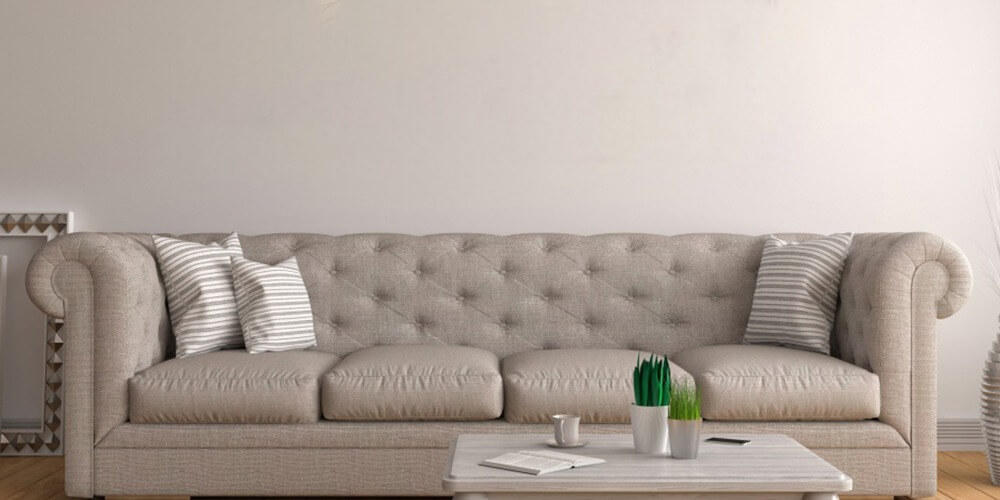Effects Paints


What Is Interior Paint? How Is It Used?
Interior Paint varies according to the preferred paint type. There are differences between synthetic-based paints and water-based paints in terms of performance and properties. Water-based paints have breathability, but this is not the case for synthetic-based paints. However, in water-based paints, it is very resistant to the effect of alachia on the wall.
Interior Paint
In synthetic paints, the wiping resistance is quite higher compared to water-based paints. However, there is a possibility that such dyes may turn yellow. After the water or synthetic based paint is preferred, the image preference will occur. In this case, it appears as matte semi-matte and glossy for synthetic-based paints as well as water-based paints; It appears as matte and semi-matte.
What is Interior Paint?
Interior Paint contains organic pigments for color, and certain organic pigments are lost if applied on any exterior surface. The lack of additives of a certain environment causes a great disadvantage when using interior paints on the exterior. Interior paints contain the lowest volatile organic substances. These organic substances are included in latex. For this reason, choosing interior paints with a very low organic level will provide automatic quality increase. Interior paints are divided into water-based and synthetic-based. Depending on the features we have mentioned above, they also vary in their usage areas. While it is more beneficial to use water-based paint in some environments, synthetic-based paint is preferred in some environments.
How is Interior Paint Used?
To make Interior Paint, you must first follow a good path. First of all, the surface needs to be prepared. Any roughness or defect on the surface to be painted should be removed. The surface should definitely be strengthened before the priming process to be made for the easier application and bonding of the paint to the surface. The surface must be free from all kinds of oil, dirt and dust and do not neglect this situation. If necessary, a homogeneous image should be provided with sandpaper on the surface to be painted. After the sanding dust is removed, the primer application should be done in 2 layers. Afterwards, puttying process is performed between two primers. Wait at least 3 or 4 hours between coats and start painting after 24 hours.